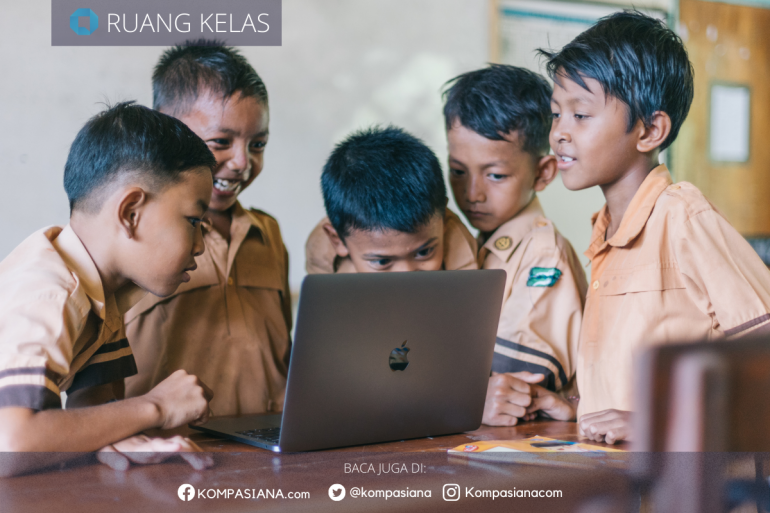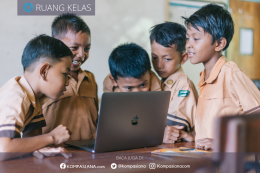Memrise is one of the most popular language learning apps worldwide. With over 50 million users in various countries, the app offers a unique approach to learning a foreign language through a combination of repetition, gamification, and scientific memory techniques. In this article, we will learn more about why Memrise is different from other language learning apps.
1. Scientifically Based Learning Method
Memrise's approach is based on mnemonic techniques, which is a way of associating new words or phrases with more memorable images, stories, or ideas, helping users remember new words more easily. In addition, Memoris has a spaced repetition system, also known as spaced repetition, which helps users repeat information at precise intervals to improve retention.
2. Varied Content
To learn multiple languages, Memrise offers a wide variety of content, from popular languages like English, Spanish, and Mandarin to less popular languages like Icelandic and Basque. The app also includes user-created courses, which allow users to access more specialized content, such as science, history, and art.
3. Fun Experience
For Users Memrise can make the learning process more fun by utilizing gamification components. Users are encouraged to continue learning and improve their skills by taking various levels of courses, earning points, and competing with other users on the leaderboard. The application is also easily accessible to users of various skill levels, including beginners and more experienced users thanks to its simple and interactive interface.
4. Offline Usage Benefits
The ability to download lessons and access them offline is a feature that is highly appreciated by users; this feature is especially useful for those who travel frequently or do not always have internet access. By accessing lessons offline, users can continue learning whenever and wherever they want.
5. Using Native Speaker Videos
Another interesting feature of Memrise is the use of native speakers' videos of the target language. Users can hear words or phrases spoken by people who actually speak the language naturally. This helps users learn accents, intonations, and cultural nuances that often can't be learned with text or audio alone.







